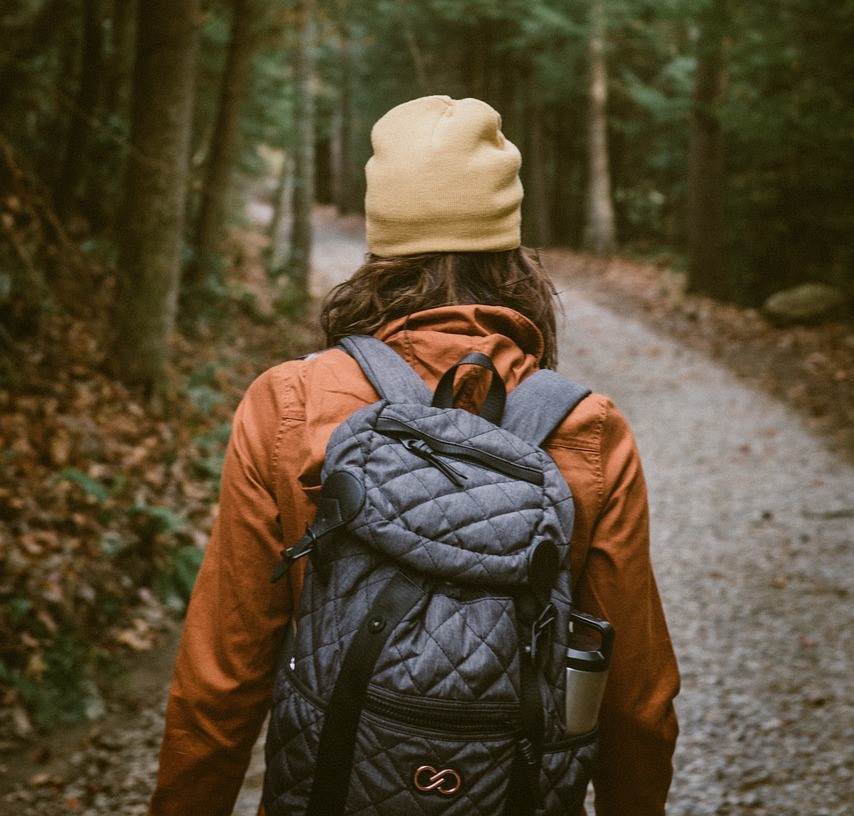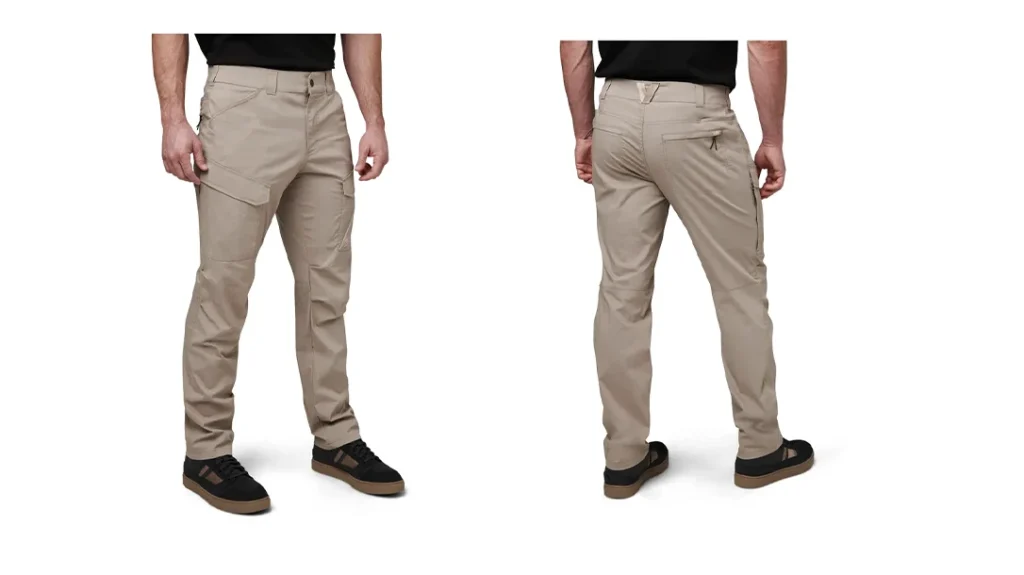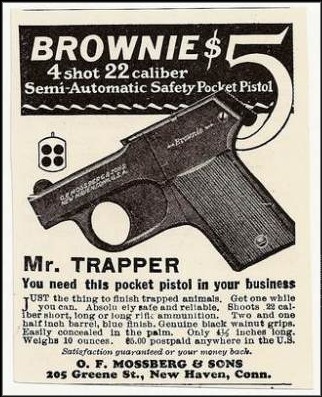The Rule of Threes has been around for ages. It’s a useful memory device regarding survival priorities. However, it’s important to understand that the time limits used are averages at best. Nothing here is carved in stone. There are numerous factors that will affect the time frames stated at each level.
Still, it makes for a good teaching tool. This is basic stuff, Survival 101, if you will. That doesn’t diminish its importance. It isn’t a bad idea to revisit the basics from time to time.
Rule of Threes #1 – Three Minutes Without Oxygen
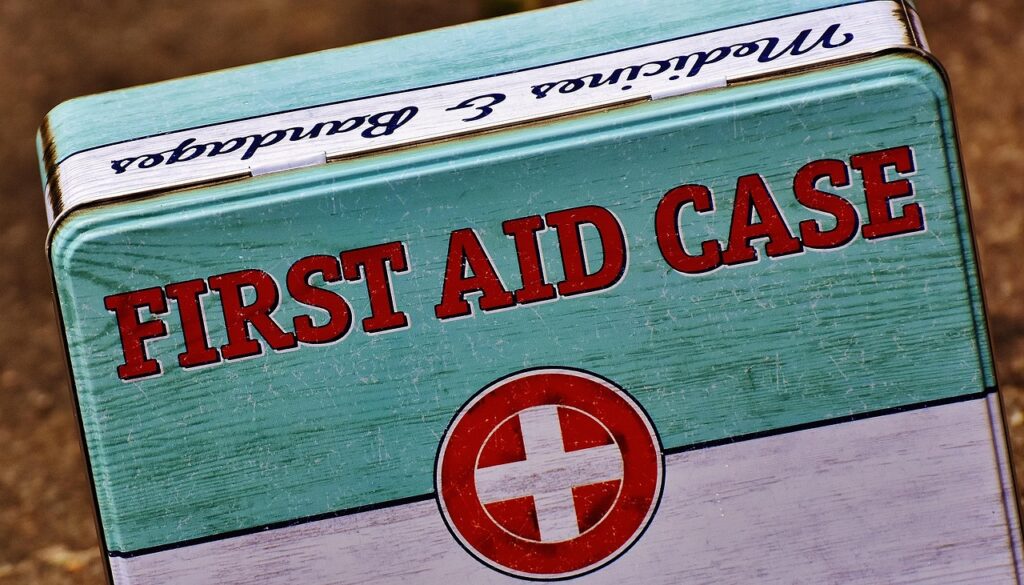
Advertisement — Continue Reading Below
The first priority is oxygen. Your brain and other organs can’t survive very long without oxygenated blood flowing to them. Now, here’s the thing. We often interpret this rule as referring to the presence or absence of air to breathe. While that’s certainly part of the equation, the other needed factor is blood. Without enough of it, there won’t be a way to deliver oxygen to the body, even if breathing isn’t impacted. This means that if you’re injured, plugging those holes is a priority. Make sure you have first aid supplies with you.
Rule of Threes #2 – Three Hours Without Shelter
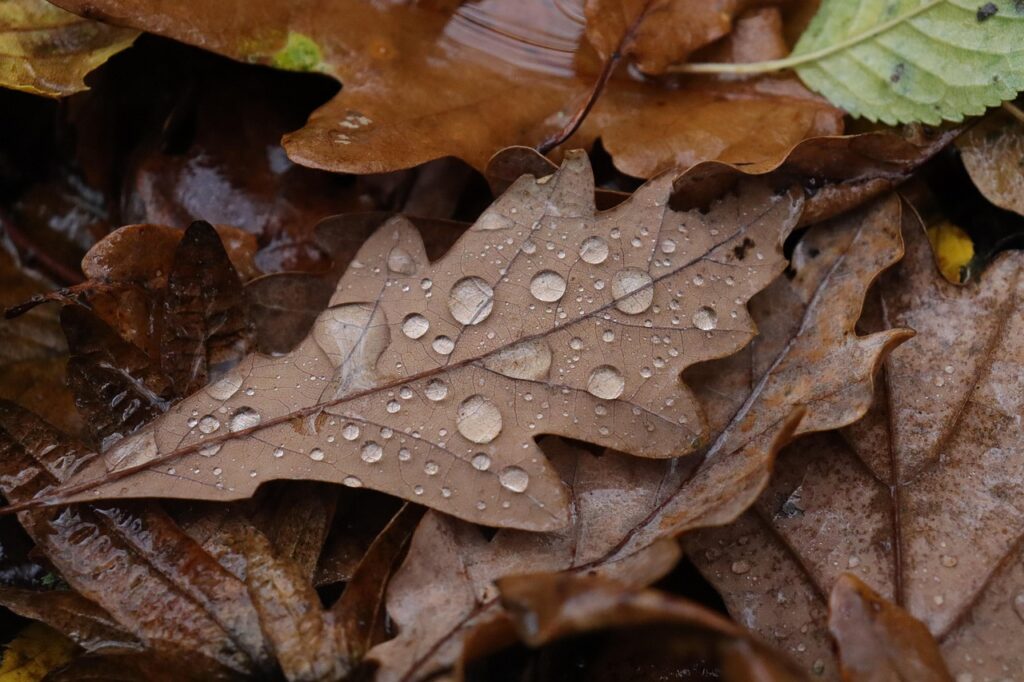
Hypothermia is a dangerous condition where your body’s temperature falls below 95F. This can happen even in relatively mild conditions. Hyperthermia is a risk in hot and humid conditions where your body temperature is abnormally high. Generally, if your body temp hits 104F, you’re in serious trouble. Shelter from the elements, whether we’re talking about rain, snow, wind, or the hot sun, can help mitigate these problems.
Advertisement — Continue Reading Below
You need to be able to maintain your body temperature at or near 98.6F. This starts by dressing for the weather, including proper outerwear, in addition to carrying additional supplies. These might include a rain poncho or at least a large trash can liner, as well as a fire kit.
Rule of Threes #3 – Three Days Without Water
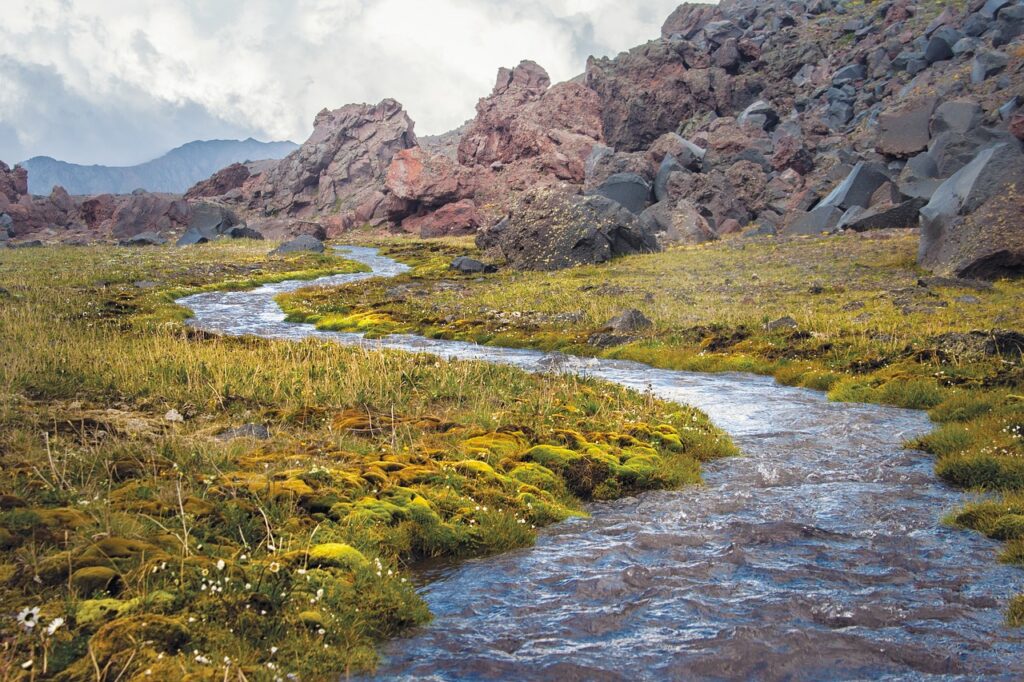
Dehydration can kill you. The rule of thumb is three days, but it can happen a lot sooner in hot conditions. Finding water and making it safe to drink is absolutely a priority. Something to keep in mind is that while you might survive three days without water, the latter half or so of that time will involve dizziness and confusion, coupled with listlessness.
Advertisement — Continue Reading Below
As a practical matter, this means that by the time you reach that point, your odds of being able to source water and treat it to make it potable aren’t great. Never head out on the trail without water as well as a filter or other means of treating additional water.
Rule of Threes #4 – Three Weeks Without Food

There are a lot of factors that will affect the length of time you can survive without food, including your physical condition, metabolism, and activity level. The more calories you burn, the more you’ll need to ingest. Health issues can also have an impact. For example, if you get sick from drinking bad water, you’ll not only lose hydration and speed up dehydration, but you’ll also lose whatever calories you may have been in the middle of processing in your digestive tract.
Advertisement — Continue Reading Below
While most of us are probably walking around with plenty of spare calories around our middles, it is a good idea to toss at least a little food into your pack before you head out. If nothing else, taking a snack break on the trail is always a welcome treat.
